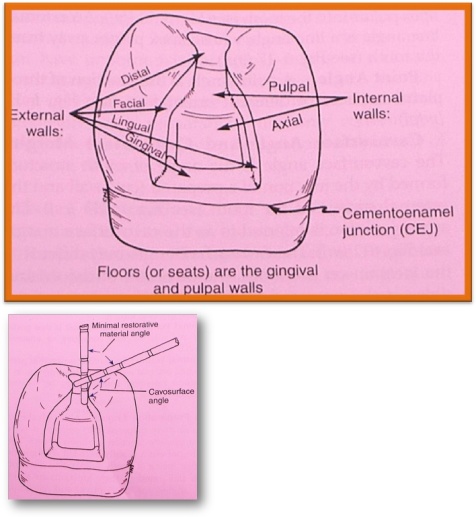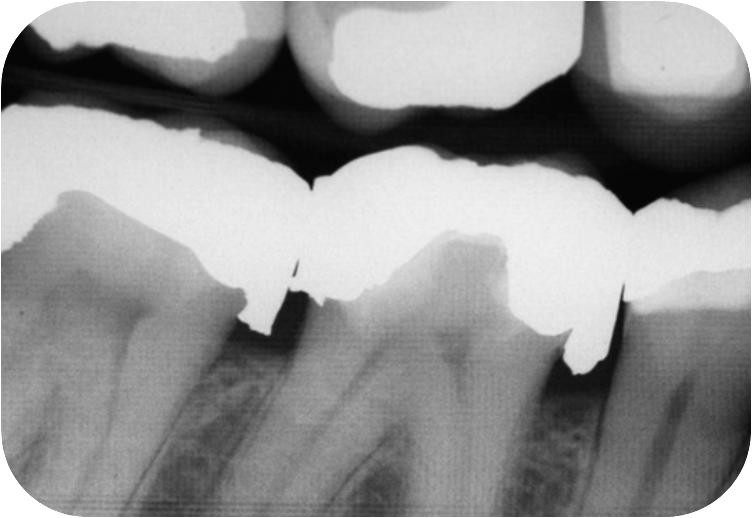- Joined
- Dec 16, 2011
- Messages
- 107
- Reaction score
- 36
HI everyone 
I was told that one of the important characteristics of a class 2 amalgam restoration needs to have correct "axial contours."
What are axial contours? What does the word axial mean? I have seen it used so many times.
I was told that one of the important characteristics of a class 2 amalgam restoration needs to have correct "axial contours."
What are axial contours? What does the word axial mean? I have seen it used so many times.



